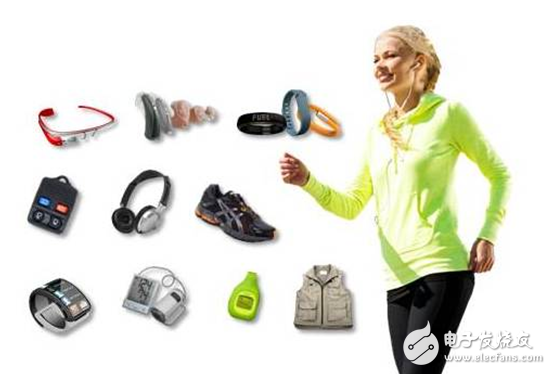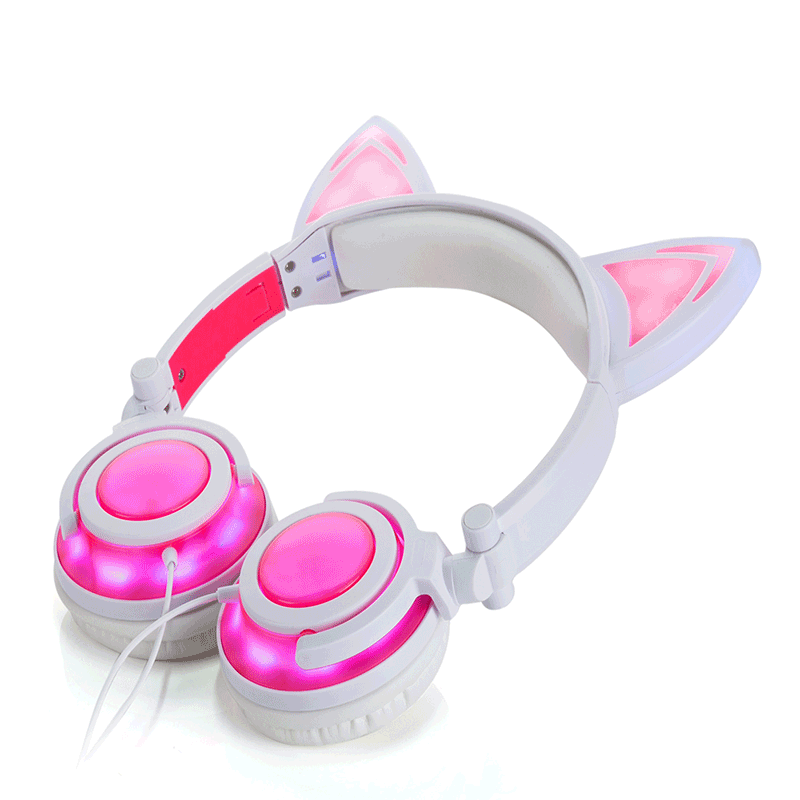The Internet of Things (IoT) continues to thrive at an alarming rate, especially in the healthcare sector. In this area, wearable fitness and medical sensing devices are booming, and Sony Smartwatch3 and the smashing Apple Watch are the new darlings of this fast-growing wearable device market. These wearable devices are able to monitor biometrics to manage our health and fitness more efficiently.

While IoT-based medical devices have undoubtedly bright prospects, their technology needs present challenges for service providers that transmit data and for companies that collect and analyze data. In order to process data as efficiently and efficiently as possible—especially as the capabilities and numbers of IoT devices continue to grow—they need to consider how to improve the performance of their networks and data centers.
IoT is also spawning new innovations for the provider side of the doctor-patient relationship. For example, with the launch of products such as Google Glass, it has triggered a new round of innovation in the healthcare field. When the doctor is treating the patient, he can retrieve the patient's medical history from his own Glass screen. Doctors in the emergency room can also use this technique to subdivide patients more quickly, showing their vital signs, test results, and other relevant information.
According to Ericsson Mobile Report and ABI Research, the number of wireless connected devices will reach a staggering 30 billion by 2019. Our bodies and behaviors will be able to provide massive amounts of data for wearable healthcare devices. The amount of data continuously tracked and collected will be even more impressive. To make matters even more complicated, raw data needs to be processed and analyzed based on more contextual information to produce real value. For example, if a clinician knows that the patient is sleeping or is running for 5 kilometers, his conclusions from the raw data that the patient's heart rate has risen significantly may be quite different.
As more “things†connect to the Internet and interconnect, current data management tools and traditional applications will not be able to meet the ever-increasing demands of sophisticated data sets (also known as big data) for accurate analysis. Managing big data is key to ensuring that consumers and professional medical teams can get the most out of their wearable healthcare devices.
As the key to managing and analyzing massive amounts of data from medical and fitness equipment, enterprise networks are hard to underestimate their importance to the enterprise. Companies need to consider updating their networks to take advantage of the latest innovations such as software-defined networking (SDN), network function virtualization (NFV), and cloud computing. The combination of these innovative technologies will help the network to collect, organize, manage and process big data in a reasonable amount of time.
The emerging architecture of SDN separates network control and forwarding capabilities, helping administrators directly program network control for applications and network services and abstract the underlying infrastructure. The SDN software program enables rapid configuration, management, protection, and optimization of the network to adjust traffic around changing needs. This "centralized intelligence" not only provides a global view of the network, but also acts as a single logical switch for the application and policy engine. Low-cost SDN can be built on open standards and vendor-independent, simplifying network design while improving manageability, coordination, and control. Programmable, low latency, high performance Ethernet switches are ideal for SDN for Internet and data center architectures.

NFV supported by the SDN solution is a new way to design, deploy, and manage network services. NFV can separate various network functions from proprietary hardware devices such as routers or switches to run on software. NFV uses standard IT virtualization technology to "virtualize" these functions into building blocks that can be connected to create communication services. NFV is suitable for data plane processing or control plane functions of any wired and wireless network infrastructure, enabling greater scalability, sensitivity and efficiency for Ethernet. SDN is the implementer of these NFV-based networks, enabling them to be configured and monitored more efficiently.
Virtualization of networks, storage, and servers is reshaping the way businesses use IT. Cloud computing plays a vital role in this process, providing network access for complex applications and massive computing resources. The “cloud†can provide more capacity to meet the growing demand of third parties for businesses or small businesses, providing a way for businesses to increase capacity without investing in new IT infrastructure. By hosting processing and data into the cloud, you can free up capacity for network managers who can reassign that capacity to the geographic location where data is created and control the devices that generate the data. A well-designed Ethernet network enables low latency and high bandwidth to meet the needs of cloud computing for all its efficiency.
It is undeniable that wearable technology is now far beyond the concept stage, but its impact on the medical industry has just begun. The coverage of this impact is still controversial. But as long as there is a suitable technology to support, everything is possible.
Author: Vice President of Broadcom (Broadcom) Infrastructure and Networks and Chief Technology Officer Nick Ilyadis
Author resume
Nicholas (Nick) Ilyadis is currently Vice President and Chief Technology Officer of Broadcom Infrastructure and Network Group (ING), responsible for technologies including network switches, high-speed controllers, physical layers, enterprise wireless LANs, SerDes, processors and security. A range of Ethernet chip products develop product strategies and cross-product portfolios.
Prior to joining Broadcom, Mr. Ilyadis served as Vice President of Enterprise Data Products Engineering Design at Nortel Networks and held various engineering design positions at Digital Equipment Corporation and Itek OpTIcal Systems. He holds a master's degree in electrical engineering from the University of New Hampshire and a bachelor's degree in electrical engineering from Rochester Institute of Technology.
About Broadcom :
Broadcom (Nasdaq: BRCM), one of the Fortune 500, is a global leader and technology innovator in wired and wireless communications semiconductor solutions. Its products seamlessly connect and transmit voice, video, data and multimedia content in home, business and mobile environments. By providing industry-leading, advanced system-on-a-chip solutions, Broadcom's "ConnecTIng Everything®" corporate philosophy is changing the world.
Cat ear earphone is a patented headphone designed exclusively by LINX Headphone Factory and has Chinese, EU and US patents. On the basis of ordinary headphones, plus cat ears, it is more lovely. The earphone emits LED light, and the light can be controlled freely. There are 3 LED ways: flashing, steady and light off.
Advantages:
1. Cat ears, exclusive private model patent, cute shape.
2. LED light up.
3. Multiple colors, can be mixed batch.
4. In stock, 24 hours delivery.
5. Colors can be customized freely.
6. Wired Cat Ear Headphones and Bluetooth cat ear headphones are optional.

Cat Ear Headphones
Cat Headphones Wireless,Cat Headphones Bluetooth,Cat Headphone,Cat Ear Headphones
Shenzhen Linx Technology Co., Ltd. , https://www.linxheadphone.com